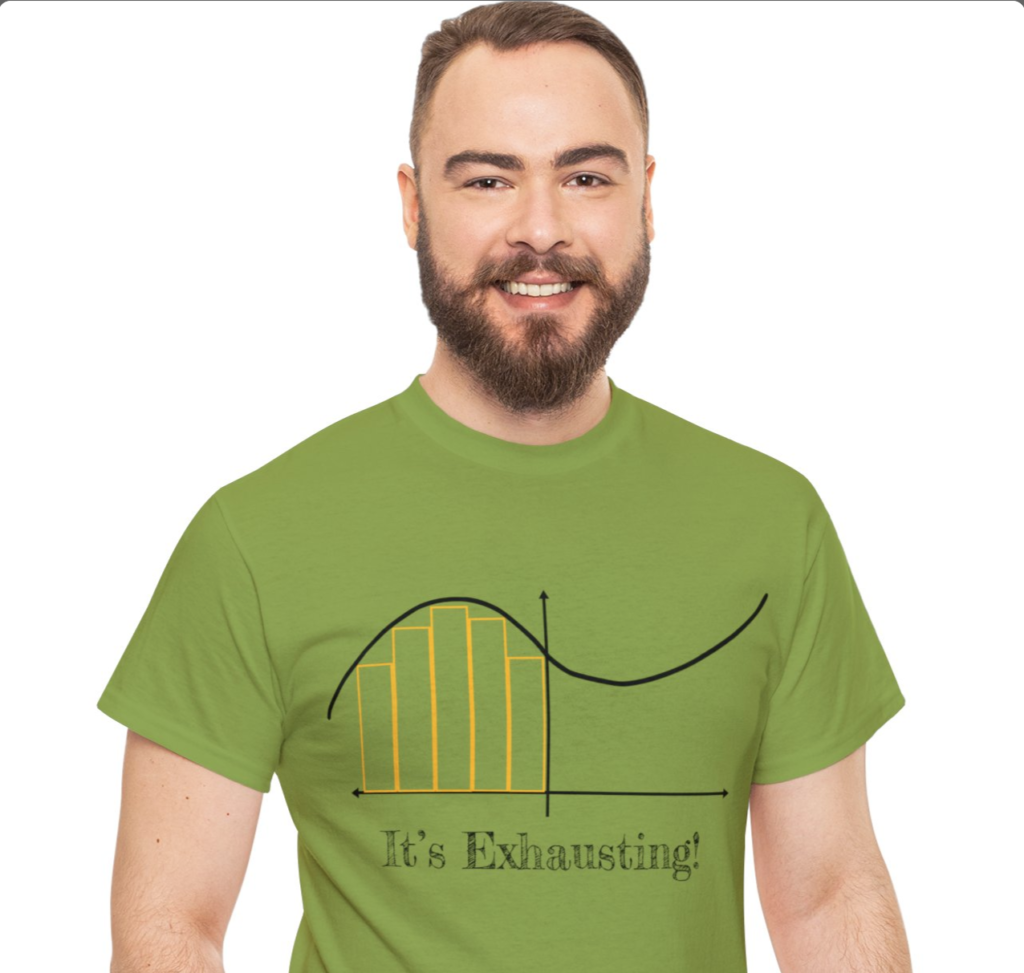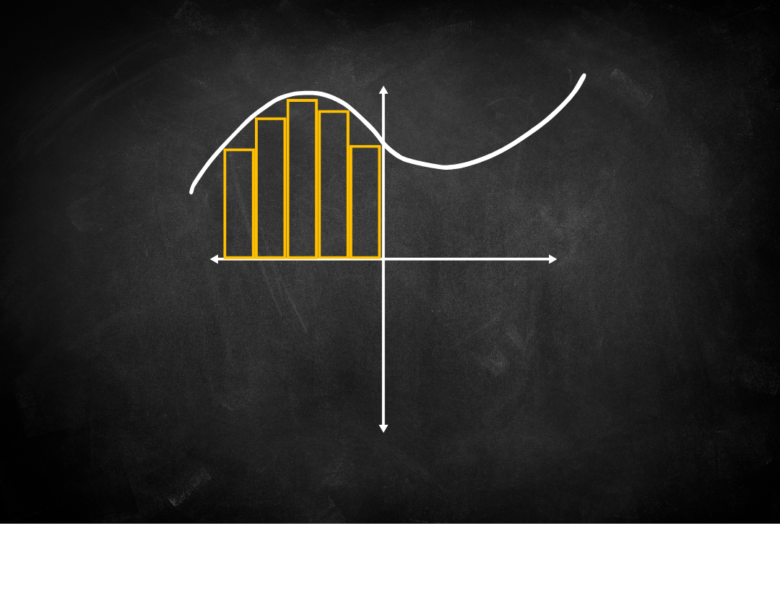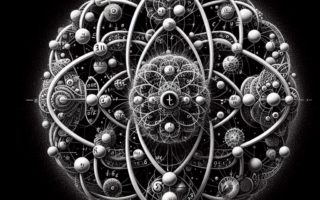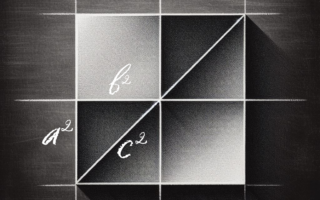In the annals of mathematical methodology, the method of exhaustion stands as an intellectual precursor to the concept of limits, laying the groundwork for the rigorous calculus that would later unfold. This historical journey takes us back to ancient Greece, where mathematicians grappled with the challenge of capturing the infinite within the confines of the finite.
Ancient Greece: Antecedents of Exhaustion
The seeds of the method of exhaustion were sown in ancient Greece, notably by mathematicians like Eudoxus and Archimedes. Eudoxus, in his work “The Method,” introduced the idea of exhaustion to calculate areas and volumes. Archimedes, renowned for his mathematical prowess, employed a similar technique to approximate the value of pi and calculate the areas of various geometric shapes.
The Method in Action: Archimedes’ Contributions
Archimedes’ ingenious use of the method of exhaustion is exemplified in his work on the measurement of curved figures and volumes. In his treatise “On the Sphere and Cylinder,” Archimedes employed exhaustion to determine the volumes of spheres and cylinders. He inscribed and circumscribed polyhedra around these shapes, progressively refining his approximations and approaching the true values.



The Intermediate Millennia: Preservation and Expansion
As the torch of knowledge passed through the hands of Islamic scholars during the Middle Ages, the method of exhaustion found itself preserved and expanded upon. Mathematicians like Alhazen and Omar Khayyam engaged with the method, refining its application to approximate areas and volumes. The method’s journey continued, quietly weaving through the tapestry of mathematical thought.
Renaissance Resurgence: Rediscovering Ancient Wisdom
The Renaissance brought about a renewed interest in classical texts, and mathematicians revisited the ancient methods with fresh eyes. Scholars like John Wallis and Cavalieri rekindled the flame of the method of exhaustion, recognizing its profound implications for the emerging field of calculus.
Calculus Emerges: Method of Exhaustion to Limits
The method of exhaustion, with its reliance on inscribed and circumscribed figures, foreshadowed the modern concept of limits. The transition from exhaustion to limits marked a transformative era in the development of calculus. Mathematicians such as Newton and Leibniz, building on the foundations laid by their predecessors, formalized the notion of limits and ushered in the calculus that we know today.
Conclusion: From Ancient Wisdom to Modern Precision
The method of exhaustion, born from the intellectual endeavors of ancient mathematicians, paved the way for the precision of modern calculus. Its journey through the ages reflects the timeless quest to grasp the infinite through finite means. As we trace the historical contours of this method, we witness the resilience of mathematical ideas, evolving and adapting to form the bedrock of mathematical thought. The method of exhaustion, once a tool of approximation, has become a cornerstone of the profound and intricate calculus that shapes our understanding of the mathematical universe.






